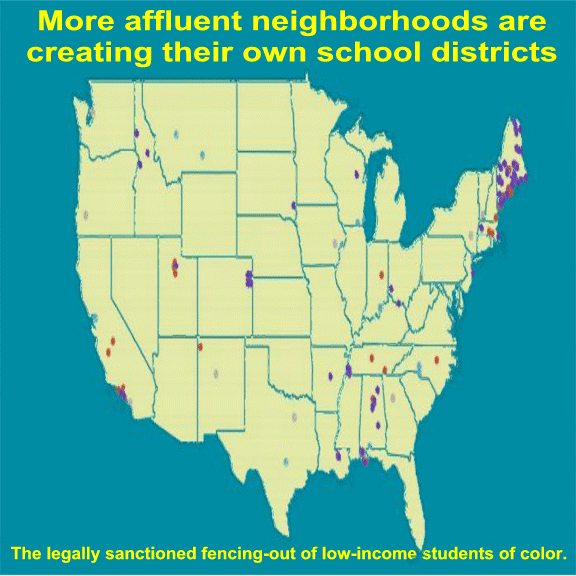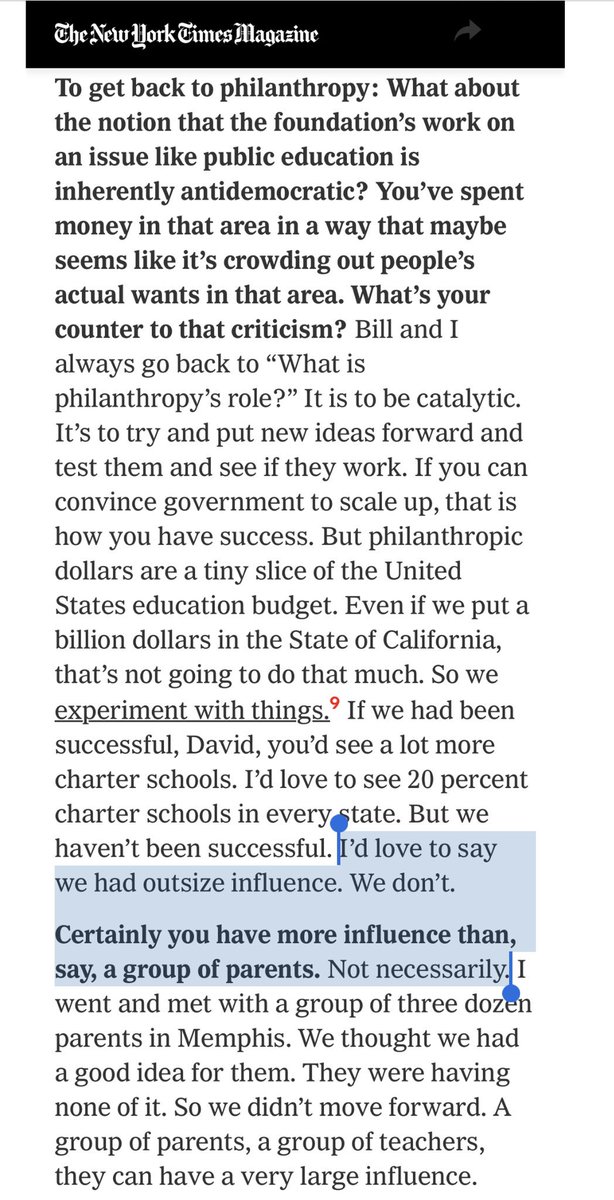More affluent neighborhoods are creating their own school districts
The legally sanctioned fencing-out of low-income students of color.
In the past two decades, 128 communities have had a simple idea: to make their own school district.
For many of them, the underlying purpose was to draw a legal fence between their community and a poorer one. Because a large chunk of public education is funded using local property taxes, making your own district with your affluent neighbors means that you’re able to hoard resources — and not share tax dollars with poorer communities of color.
In 2017, I wrote about how a surprising number of these efforts have succeeded.
Since then, 11 more communities have seceded from their districts, according to a report from EdBuild. Another 16 communities are currently in the process of trying to secede. And two states — Indiana and North Carolina — have made it easier for these communities to form their own districts.
“It’s a disturbing trend. We’re seeing legislators making this overtly permissible,” said EdBuild CEO Rebecca Sibilia.
To be clear, school secession isn’t a viral trend yet. Most of the new divisions are in Maine, where Republican Gov. Paul LePage successfully pushed the legislature to lift penalties on communities that left regionalized districts. And some of the seceding districts are doing so for legitimate reasons such as “shifting enrollments and geography,” as EdBuild notes.
But school secession is one of the more brazen examples of affluent communities using their political clout to fence out everyone else. And as leading school segregation writer Nikole Hannah-Jones wrote in 2017, “School secessions, at least in the South, trace their roots to the arsenal of tools that white communities deployed to resist the desegregation mandate of the Brown ruling.”
One high-profile secession case was blocked last year, but many others went through
Advocates who oppose this behavior got a big win in 2018 when a federal court blocked an Alabama community from leaving its district.
In 2017, I wrote about a community called Gardendale, which took initial steps to leave the CONTINUE READING: More affluent neighborhoods are creating their own school districts - Vox
























